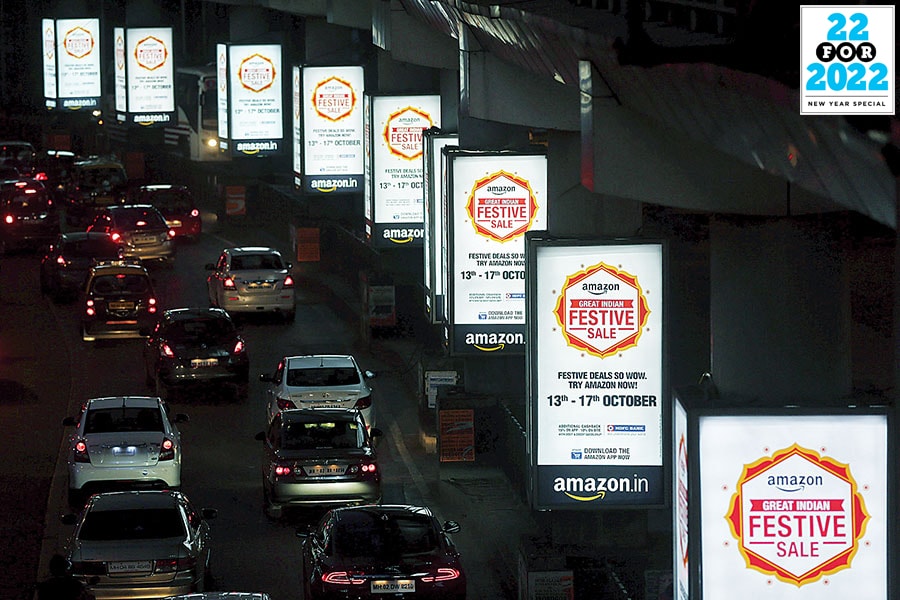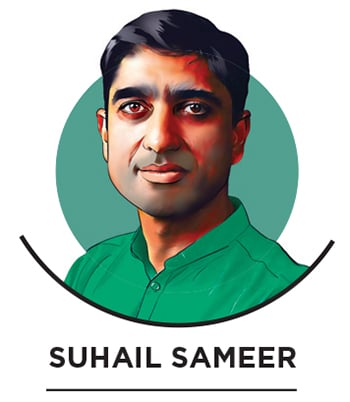
Fintech innovation has laid the foundation for branchless banking: BharatPe's Suhail Sameer
The unbanked and underserved cohort, small businesses and SMEs will be the biggest beneficiaries as digital payments gain traction, the CEO of BharatPe writes
 Products like ‘buy now, pay later’ have moved to the online commerce space
Products like ‘buy now, pay later’ have moved to the online commerce space
Image: Shailesh Andrade / Reuters
 The last decade has been driven by the internet, technological innovation and the rise of smartphones. This has facilitated the rise of real-time communication and, in turn, the world has been transformed into one mega marketplace, with billions of consumers interacting with businesses all the time.
The last decade has been driven by the internet, technological innovation and the rise of smartphones. This has facilitated the rise of real-time communication and, in turn, the world has been transformed into one mega marketplace, with billions of consumers interacting with businesses all the time.
The last few years have also witnessed the blossoming of new-age technologies that have not only transformed our daily lives, but also changed the way we go about doing business transactions. Advanced technologies like artificial intelligence/machine learning (AI/ML) have fuelled the adoption of fintech offerings. Banking and the way we do financial transactions have undergone a sea of change with the rise of digital payments, UPI (unified payments interface) becoming ubiquitous, and more and more consumers opting for accessing digital banking facilities.
The pandemic has also been a huge accelerator, taking digital payment adoption beyond Tier I cities, fuelling the growth of digital lending among businesses and consumers and enabling the increased usage of technologies like video KYC, DigiLocker etc.
The launch of innovative products and services has triggered a paradigm shift in traditional banking and has laid the foundation of branchless banking.








